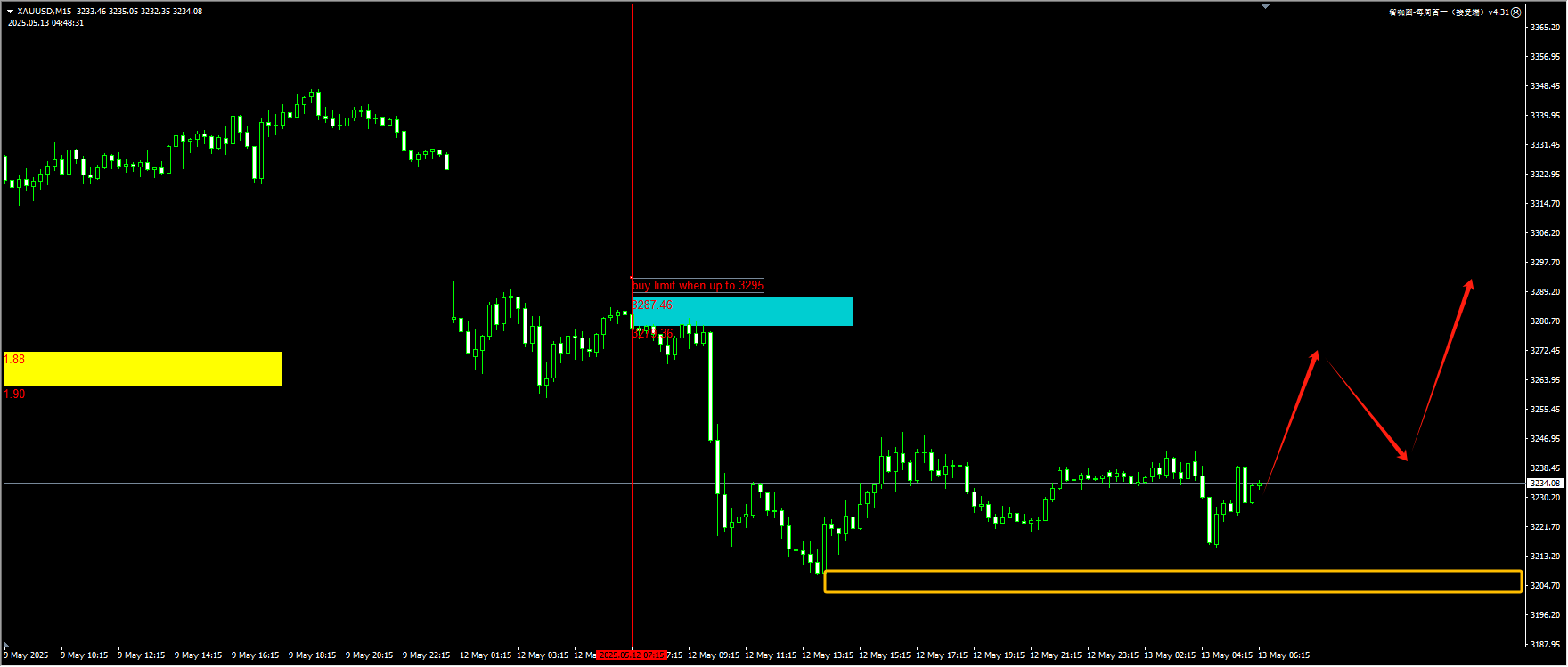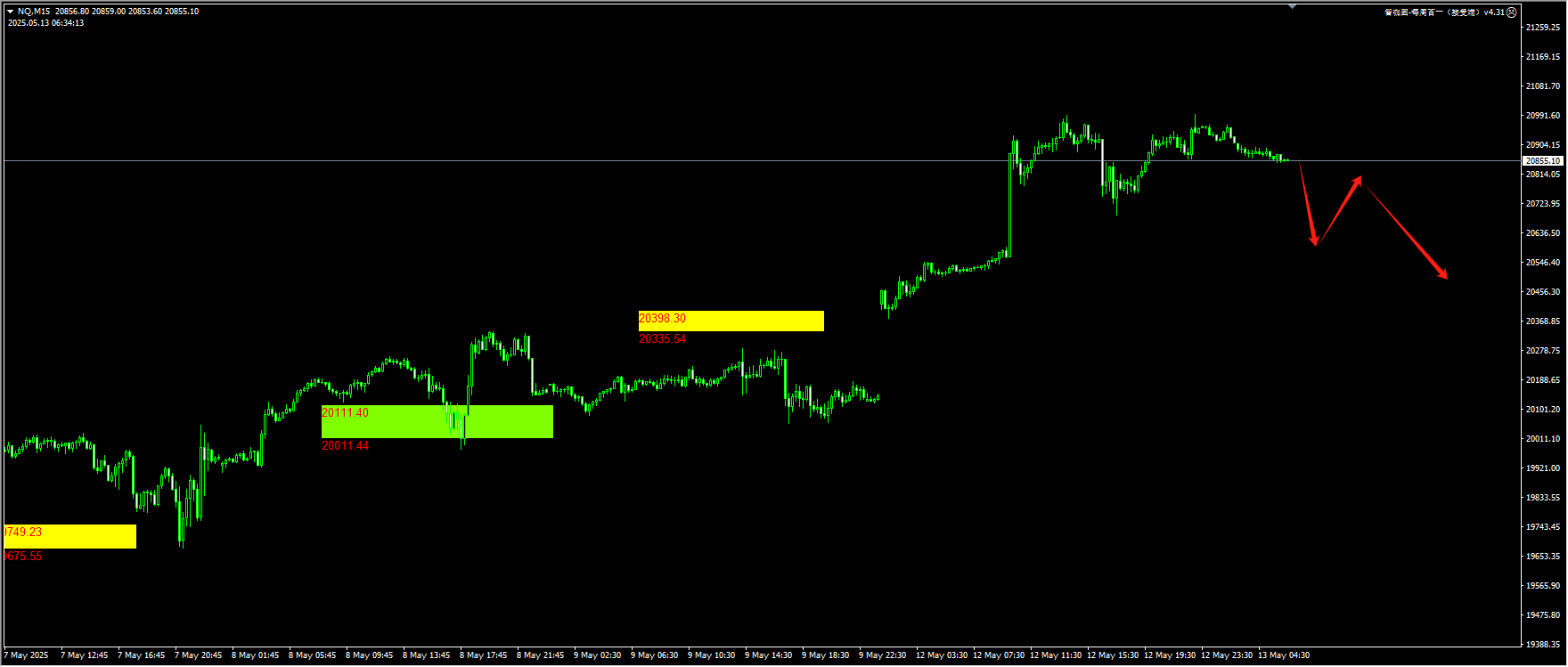As the Sino-US trade war eases, the US dollar surges and US Treasuries fall, sparking interest in risky assets.
The dollar index, which measures the strength of the US currency, rose by 1% as the US and China agreed to temporarily lower some tariffs for 90 days. US Treasuries fell and the yield on two-year Treasuries rose by 10 basis points to 3.99% as traders reduced their bets on the Federal Reserve cutting interest rates.
This is a turning point for the market. US President Donald Trump’s attempt to reshape the global trade pattern has caused market instability. He imposed particularly severe tariffs on China, raising concerns of a trade war and economic recession.
“This coordinated tariff reduction, even if it is temporary, has changed the investment landscape,” said Nigel Green, CEO of deVere Group. “It paves the way for businesses to readjust their outlooks and for a market rebound, rather than just hope.”
The traditional safe-haven currencies, the Japanese yen and the Swiss franc, plunged, and European government bonds also declined – the yield on two-year German government bonds rose 11 basis points to 1.90%. Stock markets on both sides of the Atlantic rose.
After the Geneva talks over the weekend, China and the United States issued a joint statement, announcing that they would temporarily lower tariffs on each other’s products and give themselves three months to resolve their differences. The 145% tariffs imposed by the United States on most Chinese imports will be reduced to 30%, and the 125% tariffs imposed by China on US goods will be lowered to 10%.
“These tariff cuts are far beyond expectations,” said David Kruk, trading director at La Financiere de L’Echiquier. “For those who have been bearish since the tariff announcement, this deal is really painful. There’s no chance to buy now, so if you haven’t invested before, it’s really hard to get in now.”
After the announcement, the euro also fell against the US dollar. The euro had once served as a safe haven amid the slump in US assets, but today it dropped by as much as 1.5% to $1.1084, on track for its biggest one-day decline this year.
Valentin Marinov, head of G10 foreign exchange strategy at Crédit Agricole, said: “This is good news for G10 risky assets, especially for the Australian and New Zealand dollars and the US dollar. The easing of concerns over US economic growth should further help restore market confidence in dollar-denominated assets.”
As concerns over the economic outlook have receded, traders have been scaling back their bets on the extent of rate cuts by major central banks this year. Swap rates linked to the Federal Reserve’s meetings now point to a 25 basis point cut in September, compared with expectations as recently as last week for a cut as early as July.
Traders had expected the European Central Bank to cut interest rates by less than 50 basis points for the rest of the year, but the bank cut rates by more than 60 basis points at Friday’s close. The expected rate cut by the Bank of England is also roughly the same.
Jordan Rochester, head of macro strategy for Europe, the Middle East and Africa at Mizuho International, said: “We tend to follow the recent hardening of US interest rates.” He expects the Federal Reserve not to cut rates this year. “We tend to be long-term sellers.”
Technical analysis:
Gold: Yesterday, the price failed to break through the 3295 level, and our subsequent attempts to capture a bullish signal were unsuccessful. Currently, the price is fluctuating within the 3200-3250 range. If you want to participate in a long position, you need to break the current pattern upwards before you can continue to pay attention to the bullish signal; or wait for the liquidity below 3200 to be hunted, and then watch for a new round of rebound. For detailed positions, please consult the plugin.

(Gold 15-minute chart)
The plugin is updated from 12:00 to 13:00 every trading day. If you want to experience the same plugin as shown in the chart, please contact V: Hana-fgfg and note “666” in the message.
The Nasdaq: The positive factor of the 90-day suspension of tariffs between China and the US helped the price test the 21,000 level. However, if no further details and progress of the negotiations emerge thereafter, the price may experience a short-term adjustment as the positive news is cashed in. We suggest short selling or waiting on the sidelines for now. For detailed positions, please consult the plugin.

(NASDAQ 15-minute chart)
The plugin is updated from 12:00 to 13:00 every trading day. If you want to experience the same plugin as shown in the chart, please contact V: Hana-fgfg and note “666” in the message.
Crude oil: The buy stop operation we suggested in the plugin yesterday once again achieved a profit-to-loss ratio of nearly 5:1. In the past week or so, the buy stop momentum break operation has been successful 3-4 times. We will continue to pay attention to this kind of continuous inertial break signal intraday. For detailed positions, please consult the plugin.

(Crude Oil 15-Minute Chart)
The plugin is updated from 12:00 to 13:00 every trading day. If you want to experience the same plugin as shown in the picture, please contact V: Hana-fgfg and note “666” in the message.
Today’s key economic data and events to focus on:
14:00 UK ILO unemployment rate for the three months to March
17:00 Germany May ZEW Economic Sentiment Index
20:30 Unadjusted Core Consumer Price Index for April in the US
At 23:00, the Governor of the Bank of England, Bailey, will deliver a speech.
